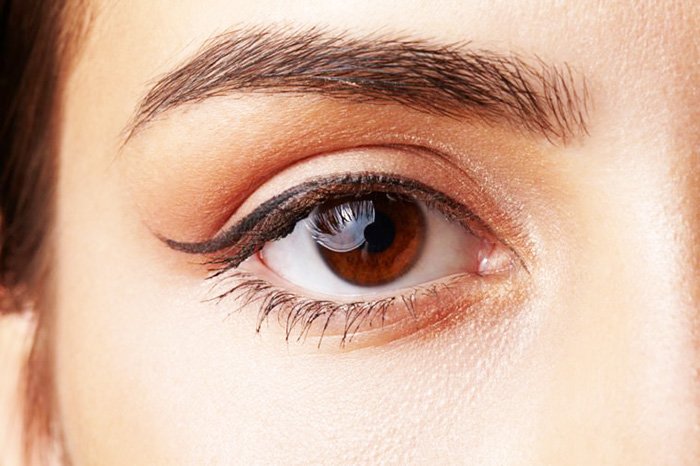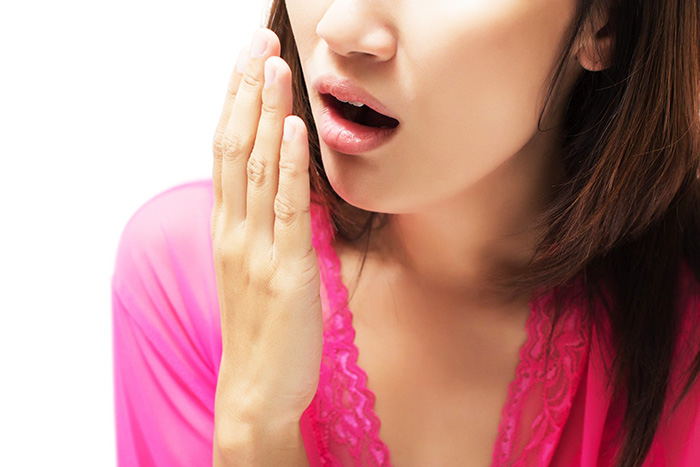Did you have chickenpox in the past? Then you will no longer get it again because the good thing about having chickenpox is you get to enjoy immunity from it for the rest of your life. Unfortunately, it puts you at risk of having shingles. This article will get you introduced to this form of viral infection.
If you like to know more about shingles such as its causes, symptoms and treatment, keep on reading. Feel free to repost this article afterwards to let your family and friends know about shingles, too.
Cause
The one to blame for shingles is varicella-zoster virus, which is the very same virus that is responsible for chickenpox. After a bout of chickenpox, the said microorganism does not really die. Instead, it lies dormant in the nerve right next to your spinal cord and brain.
Usually, the varicella-zoster virus remains inactive inside the body. However, there’s this possibility for it to be activated many years after. Such is basically what causes shingles to strike.
No one really knows why the varicella-zoster virus becomes activated after some time. Scientists suspect that it may be due to the weakening of the immune system, and that is why shingles usually affects older individuals whose immune systems are no longer as strong as before.
It’s important to note that shingles is something that won’t put your life in danger. Despite of this, it’s something that requires medical attention if it affects people who are 60 years of age and above as well as those whose immune systems are weakened or compromised. That’s because it’s very much possible for complications to come into being especially if the person’s immune system is unable to put the varicella-zoster virus infection under control.
Signs and Symptoms
The good news is shingles tends to affect only one side or a small section of the body. Unfortunately, it’s something that can cause a lot of pain — so much so that sometimes it is mistaken for a condition that involves the kidneys, heart or lungs, depending on where the pain appears. Actually, the initial symptom of shingles is pain.
Instead of pain, some people with shingles report of a burning sensation. There are also those who complain about pins and needles sensation. At times shingles may cause numbness.
A few days after pain is experienced, a red rash tends to show up which is composed of blisters that eventually pop and crust over. Definitely, the rash can feel itchy. By the way, the said rash usually wraps around on the left or right side of the person’s torso. However, there are times wherein it appears around one eye, or one side of the face or neck.
Do take note that it’s very much possible for a person who is suffering from shingles to encounter only pain and no rash or blister.
Treatment
Unfortunately, there is no known treatment for shingles available to date. However, there are medications that a doctor may prescribe in order to reduce the signs and symptoms as well as duration of the viral infection.
Those who never had chickenpox or shingles before may receive a vaccine that can help considerably lower one’s risk of having the viral infection. Getting vaccinated, sadly, does not guarantee that you will no longer end up with chickenpox or shingles. However, the vaccine can help in reducing the symptoms and complications should you become infected with the varicella-zoster virus.
Usually, the signs and symptoms of shingles can be managed with some home remedies. However, seeking medical attention is important if the pain or rash occurs in one eye, or the symptoms are widespread and intense.








